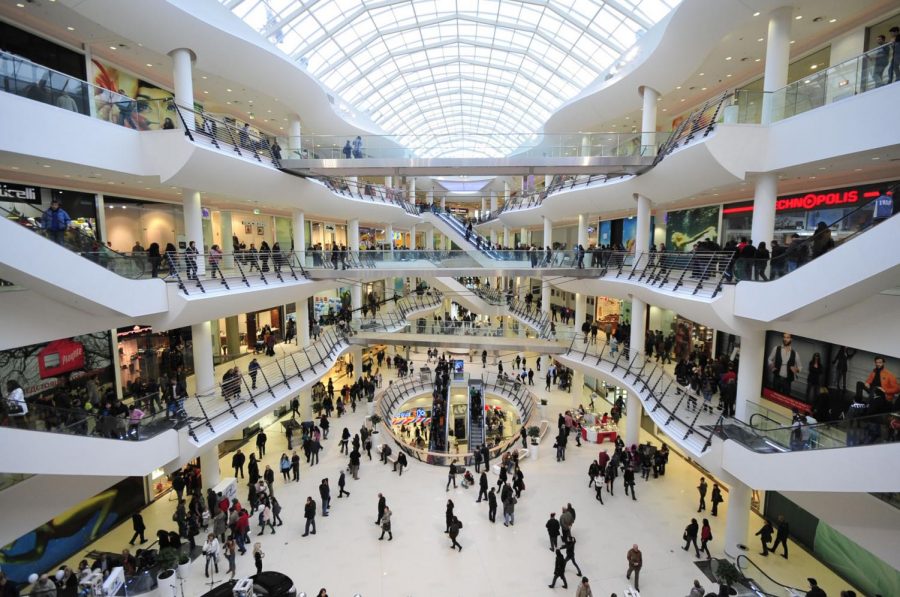The Mall-pocalypse
Malls around the country have seen declines in recent years.
February 10, 2018
Malls and retail stores have been slowly declining as a result of the increasing popularity of online shopping. Because of digital age advancement, physical storefronts have to compete with various online platforms.
From 2010 to 2013, visits to malls in America declined by 50 percent, according to The Atlantic.
This year, 8,600 stores are scheduled to close, sharply contrasting the 6,200 stores that closed in 2008, according to CNN. CNN predicted that somewhere between 20 and 25 percent of malls will close by 2022.
A decrease in mall visits are apparent among students and faculty members at CHS. History teacher Tom Ross said, “I rarely go to malls at all. I rarely go to retail stores except for groceries.” Ross prefers to shop online and utilize customer reviews, allowing him to be more “informed” about his purchases. Sites such as Amazon have “fundamentally changed purchasing items,” Ross said.
Ross is not the only one who feels this way. According to The Atlantic, sites such as Amazon represent a better option than visiting malls, with easy return policies that allow shopping to become convenient, risk-free, affordable and simple.
However, online shopping may not be the only reason for a decline in customers at malls. The Wall Street Journal attributes the main cause for the mall decline over the past decade to newer shopping centers, while Business Insider credits anchor closures. In a mall, the anchors are the main department stores. Anchors, such as Sears or Macy’s, are extremely vital to malls. Without them, it would be difficult for malls to turn a profit.
Along with a decline in malls, retail outlets have also suffered. According to The Atlantic, in the first four months of 2017, there were a total of nine retail closures, including the Sports Authority disbandment and Payless filing for bankruptcy. In April, stocks of stores such as Lululemon, Urban Outfitters and American Eagle hit multi-year lows. Retailers such as J.C. Penney, RadioShack, Macy’s and Sears have announced over 100 store closures by March of 2017.
In order to combat this drastic decline, malls cling to the advantage of having in-person experiences.
One tactic is having renovations done. The Westchester Mall in White Plains, New York spent millions incorporating interactive learning with children, known as STEAM principles, in an indoor children’s daycare and created an outdoor terrace with flat screen televisions and device charging posts, according to NBC San Diego.
As a part of a modernization movement to stay relevant in the 21st century, malls have created mobile apps to make parking and wifi better for customers. Many malls now also have fitness centers, grocery stores and medical centers.
Despite the changes, there might be some elements of malls that just may never go away, including the stress felt by visitors such as freshman Anabell Mazzan of Fair Haven.
“I see myself visiting [malls] on occasion but I find that shopping in stores gives me too much anxiety,” said Mazzan. “It’s too stressful.”
The modernization of malls has kept them in the minds of younger generations, including CHS freshman Steven Ostrom of Monmouth Beach.
“I do see myself continuing to shop at malls in the future because they’re a great and convenient way to shop for multiple things at once,” Ostrom said.





